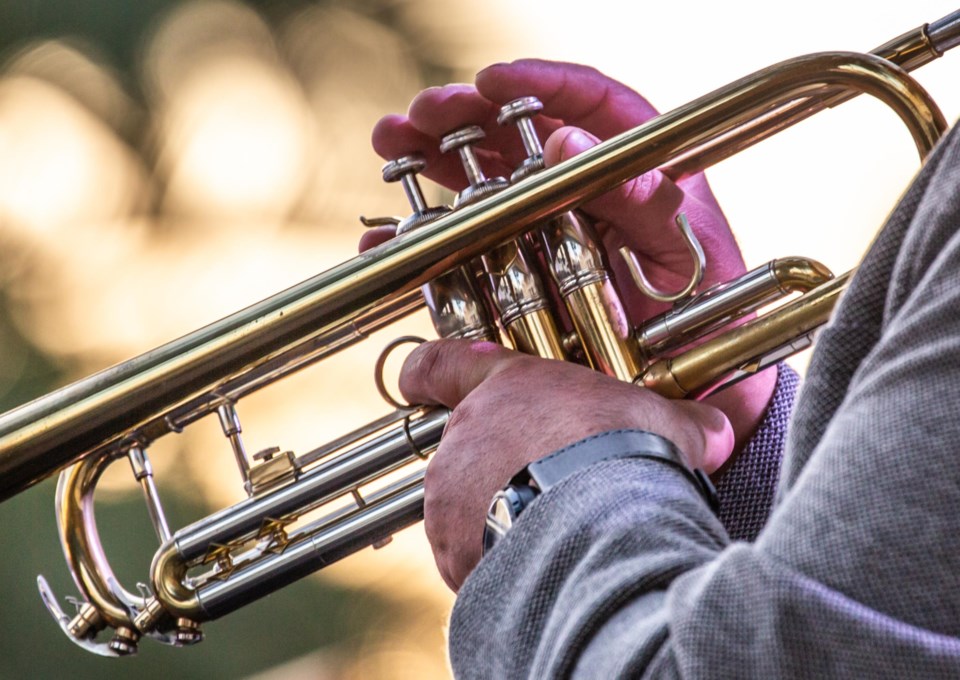The Flin Flon Arts Council will bring the north a little taste of Brazil later this month.
Flin Flon will play host to the Winnipeg Jazz Orchestra and featured musician Marco Castillo at the R.H. Channing Auditorium Jan. 21, with the doors opening at 7 p.m. local time.
The show is based around the music of the South American nation, built on the genre of bossa nova and including several other musical styles. Featured musician Castillo is at the heart of the show - born in Rio de Janeiro, Brazil but now living in Winnipeg, Castillo brings touches of funk, samba and other music from across the Latin world into his sound and will attach those to the jazz group for the show.
Joining Castillo will be the Manitoba capital’s premier jazz orchestra. Started in 1997, the group brings big band jazz to each of their performances, featuring a choice cast of trained musicians.
That cast will be led by artistic director and conductor Richard Gillis, a co-founder of the group more than a quarter-century ago and a professor of music at the University of Manitoba.
“When we think of Brazil, we think of sandy beaches, vegetation that we couldn’t possibly grow around here and as far as jazz, bossa nova. We think of bossa nova and people like Stan Getz, [Antonio Carlos] Jobim… those are the images we think of. They were really instrumental in bringing the bossa nova to the Americas and our general public,” said Gillis.
Bossa nova first developed in Rio de Janiero in the late 1950s and early 1960s, but first truly caught on around the world with the song “The Girl from Ipanema”, originally released by Getz and Joao Gilberto. That song, released in 1964, became a worldwide smash, becoming arguably Brazil’s most famous tune internationally and kickstarting the genre of bossa nova for a new audience.
Gillis, Castillo and company do plan to perform their own version of “The Girl from Ipanema”, along with several other bossa nova standards and original songs by Castillo.
“The music is based on dance music - there’s a different dance style, some faster tempos and some slower tempos, but very rhythmic. That’s the point. The main point is the rhythm. If the music doesn’t make you want to dance or want to move, it hasn’t done its job,” Gillis said.
That music could occasionally be quiet, but a big band sound has rarely been accused of being quiet - despite that, the two styles blend well and create something new from their main parts.
“When you think of big bands, they were formed to perform during the swing era, because you needed that volume. You need a large group - you couldn't just have four or five people and expect to fill a dance hall,” said Gillis.
“You really have four different sections - the trumpet section, the trombone section, the woodwind section - saxes, mainly - and the rhythm section. Each of them brings something, like the symphony orchestra where you have the strings and brass and the percussion and woodwind - you have different sounds and you can create all kinds of different pieces.”
One major part of the music of Brazil, Gillis said, is the “straight eights” - the repeated eighth notes that help lend it the feeling of movement and rhythm that it is known for.
“The bottom line is that this is dance music - it’s to make you move. The unique thing about Brazilian music and Latin music is straight eights. With swing, you’d have that triplet feel,” Gillis said.
“Straight eighth notes is ready what Brazilian music is all about and it’s about that infectious dance music - meant to be fun, meant to be rhythmic and make you move. It’s dance music that may tell a story, but it’s still dance music.”




